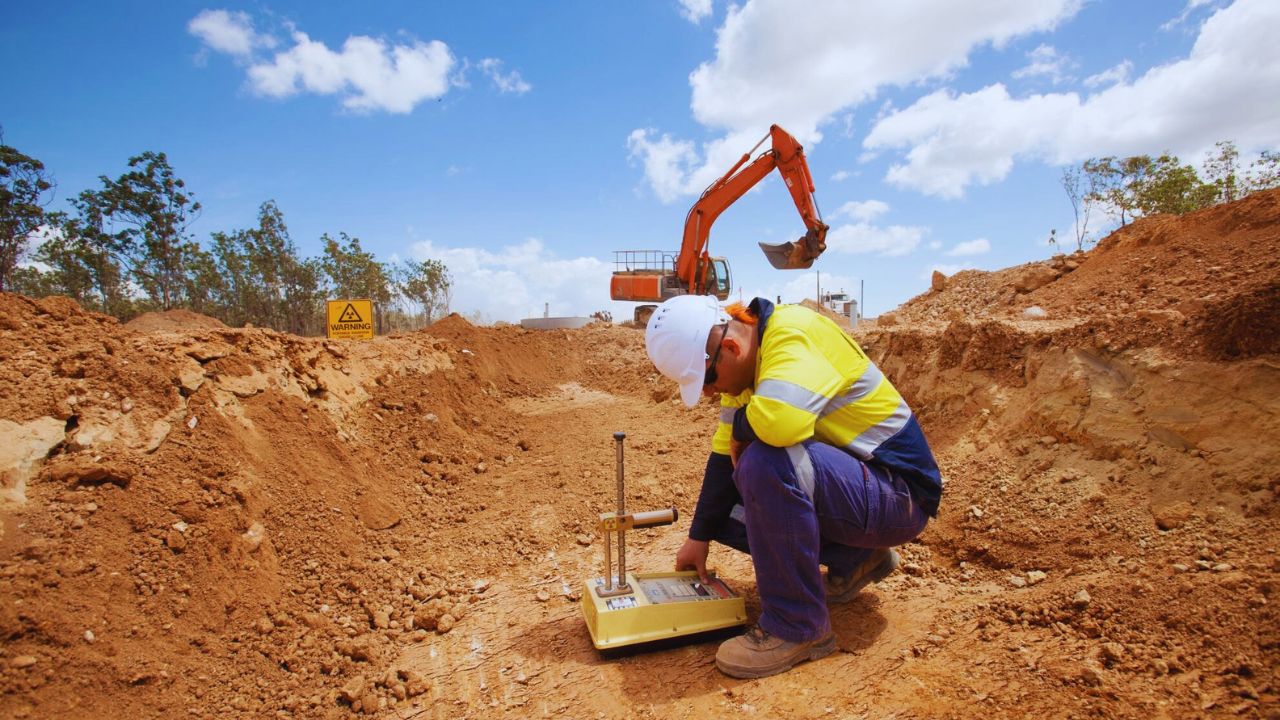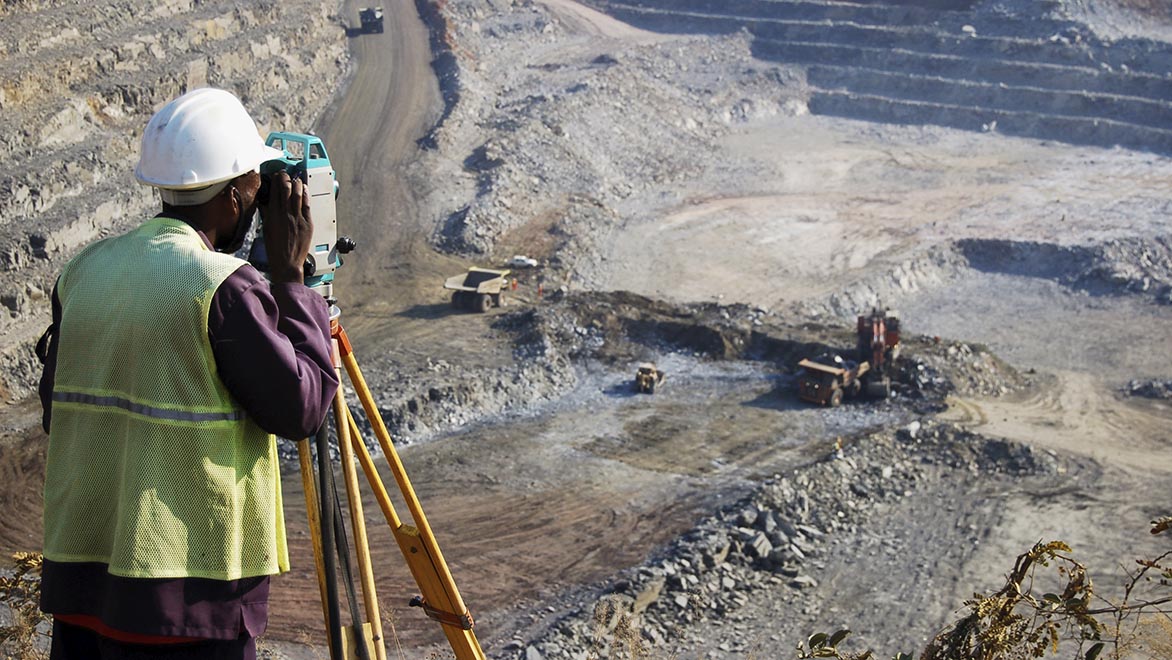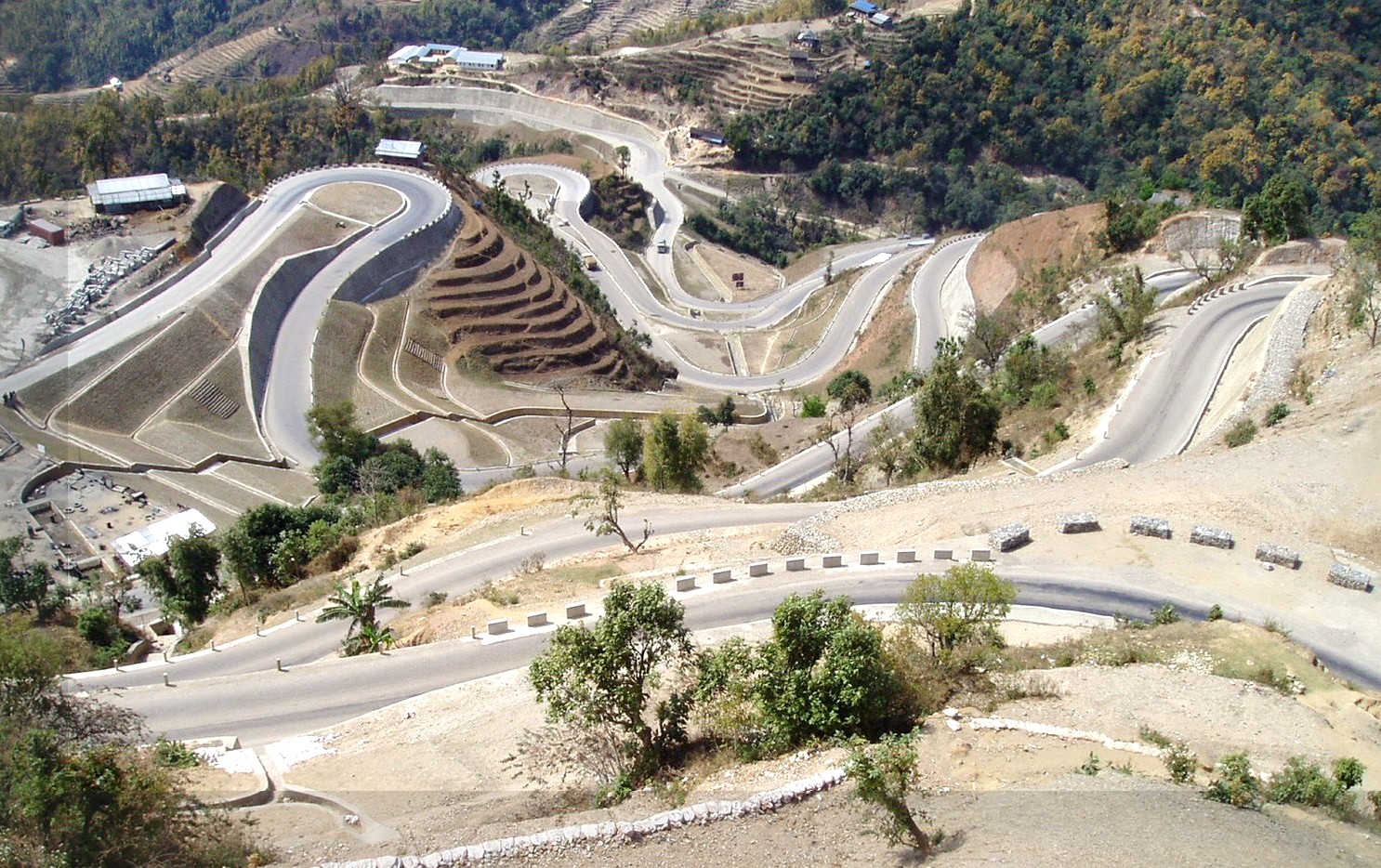Leading Geotechnical Companies in South Africa: Who You Ought to Know
Leading Geotechnical Companies in South Africa: Who You Ought to Know
Blog Article
The Value of Geotechnical Engineering in Dealing With Environmental Challenges and Enhancing Construction Security
Geotechnical engineering serves as a keystone in the crossway of ecological stewardship and construction safety, giving essential insights right into the behavior of dirt and rock under numerous problems. By executing strategic site examinations and customized mitigation procedures, geotechnical designers play an important duty in safeguarding both human lives and environmental honesty.

Role of Geotechnical Engineering
Geotechnical design plays an essential duty in the layout and building and construction of framework by attending to the habits of soil and rock products under different conditions. This field of design is crucial for recognizing the interaction between frameworks and the ground, that includes identifying the load-bearing capacity of dirt, examining stability, and forecasting prospective settlement or failing.
Geotechnical engineers are responsible for performing website investigations, which entail sampling and screening soil and rock to collect information on their chemical and physical residential properties. This info is vital for making foundations, retaining wall surfaces, and other earth-retaining frameworks that guarantee safety and security and durability. Geotechnical design educates the selection of proper building approaches and materials, consequently minimizing dangers linked with soil habits.
Additionally, the integration of geotechnical engineering concepts right into metropolitan preparation and environmental administration is crucial for attending to obstacles such as ground contamination and groundwater management. By comprehending geotechnical variables, engineers can create lasting options that boost the durability of framework against all-natural risks, while likewise advertising ecological stewardship. Inevitably, the duty of geotechnical engineering is important for accomplishing secure, sturdy, and environmentally conscious construction methods.
Dirt Disintegration Reduction
Dirt disintegration postures a significant threat to both environmental stability and facilities stability, affecting roughly 24 billion lots of abundant dirt lost yearly worldwide. This phenomenon is intensified by factors such as logging, urbanization, and poor agricultural techniques. Geotechnical design plays a pivotal duty in establishing reliable dirt erosion mitigation methods that secure both the atmosphere and building projects.
One approach requires the execution of erosion control approaches such as vegetation planting, which supports dirt via root systems. Furthermore, the building of keeping terraces and walls can properly lower surface overflow and safeguard susceptible locations from erosion. Correct drain layout is also essential; it minimizes water buildup and guides excess drainage away from crucial frameworks.
Furthermore, geotechnical designers utilize dirt stablizing techniques, such as the application of geotextiles and eco-friendly mats, to enhance dirt cohesion and protect against deterioration - geotechnical specialist. Regular tracking and analysis of erosion-prone websites enable prompt interventions, making certain long-lasting sustainability. By incorporating these techniques, geotechnical design not only alleviates the impacts of soil disintegration but likewise adds to the durability of framework against environmental obstacles, ultimately promoting a more secure and more sustainable built atmosphere
Groundwater Security Approaches
Groundwater serves as a crucial source for alcohol consumption water, agriculture, and commercial procedures, making its protection vital for ecological sustainability and public wellness. Effective groundwater security methods are critical in alleviating contamination threats and ensuring the longevity of this resource.

Normal tracking of groundwater top quality is likewise essential, making it possible for early discovery of contamination resources and helping with prompt remediation efforts. Using advanced modern technologies, such as geophysical surveys and remote noticing, help in determining possible risks to groundwater gets.
Furthermore, public education and learning and stakeholder involvement are essential, cultivating community assistance for groundwater protection efforts. geotechnical companies in south africa. By integrating governing measures, technological innovations, and community involvement, we can develop a comprehensive framework that safeguards groundwater resources while promoting lasting growth and construction practices
Landslide Risk Administration
Landslides present considerable hazards to both human safety and security and infrastructure, making effective risk monitoring approaches important. Geotechnical design plays an essential function in determining, analyzing, and mitigating landslide threats. A comprehensive understanding of slope stability, soil auto mechanics, and hydrology is important for establishing efficient danger management strategies.
The very first step in landslide risk monitoring entails detailed website investigations, which include geological mapping and dirt screening. These examinations assist engineers assess the potential for landslides by recognizing crucial factors such as slope angles, dirt structure, and water material. Utilizing advanced technologies such as remote sensing and geophysical surveys can boost the precision of these evaluations.
Once threats are determined, suitable mitigation actions can be implemented. These may consist of engineering solutions such as preserving wall surfaces, drainage systems, and incline stabilization strategies. Keeping an eye on systems ought to be developed to discover signs of ground motion and changes in water degrees, allowing for aggressive interventions.

Enhancing Building Safety
Construction sites commonly provide a myriad of dangers that can endanger worker safety and project integrity. Geotechnical design plays a critical role in improving building safety and security by providing necessary understandings into subsurface conditions. Via comprehensive soil and rock analysis, geotechnical engineers can identify possible dangers, such as soil instability, groundwater issues, and seismic susceptabilities, which may compromise the safety of building and construction activities.
Applying geotechnical options, such as correct foundation style and the usage of retaining structures, minimizes these risks substantially. These solutions not only make certain the stability of the frameworks being constructed yet also produce a more secure working setting for construction workers.
Furthermore, cultivating a society of safety and security via training and adherence to developed security procedures better enhances construction site safety. By incorporating geotechnical know-how right into the preparation and execution phases, construction projects can achieve higher safety standards, inevitably shielding employees and making sure successful job completion.
Verdict
In verdict, geotechnical engineering offers as a vital discipline in all about geotechnical engineering promoting and tackling ecological obstacles building and construction security. Via effective dirt disintegration mitigation, groundwater security strategies, and landslide danger administration, geotechnical designers contribute to the advancement of resistant infrastructure.
Geotechnical engineering offers as a keystone in the intersection of environmental stewardship and building and construction safety, offering crucial understandings right into the behavior of soil and rock under different conditions. Geotechnical design informs the selection of proper building and construction methods and materials, thus decreasing threats associated with soil actions.
Geotechnical engineering plays a critical function in creating reliable dirt erosion mitigation strategies that protect both the atmosphere and building and construction projects.
Additionally, geotechnical designers utilize dirt stablizing methods, such as the application of geotextiles and eco-friendly floor coverings, to boost dirt communication and protect against degradation. With detailed dirt and rock analysis, geotechnical engineers can determine prospective risks, such as soil instability, groundwater issues, and seismic vulnerabilities, which might endanger the safety and security of building and construction tasks.
Report this page